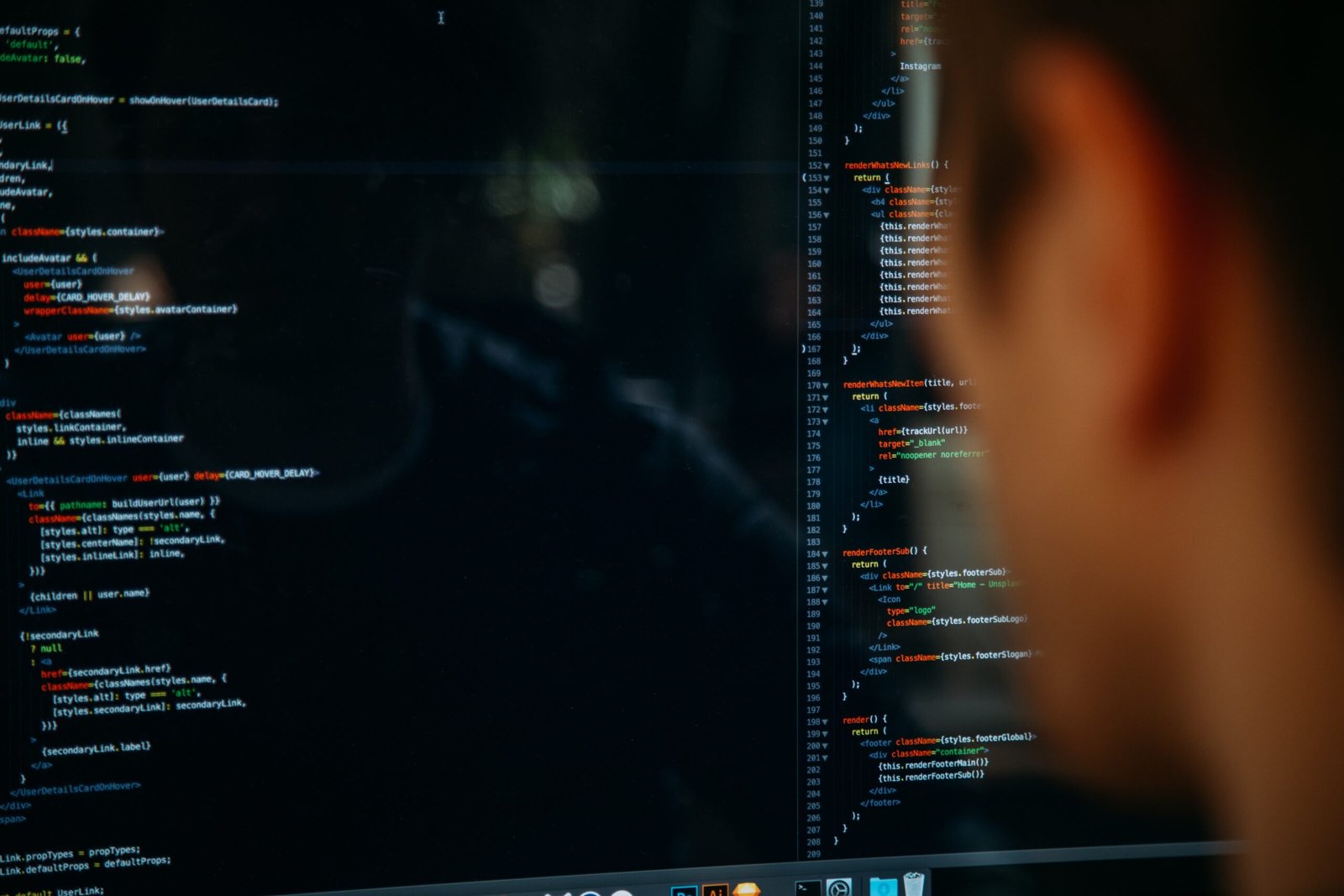
Introduction
Frontend development is constantly evolving, with new trends and technologies emerging at a rapid pace. Staying up-to-date with these trends is crucial for developers to create modern, user-friendly websites and applications. In this article, we will explore some of the latest frontend development trends and what we can expect in the near future.
Responsive Web Design
Responsive web design has been a trend for several years now, and it continues to be a dominant force in frontend development. With the increasing use of mobile devices, websites must adapt to different screen sizes and resolutions. Responsive web design ensures that websites look and function well on any device, providing a seamless user experience.
Progressive Web Apps
Progressive web apps (PWAs) are another trend that is gaining momentum. PWAs combine the best of both web and mobile app experiences, allowing users to access websites offline, receive push notifications, and have an app-like interface. This trend is particularly beneficial for businesses looking to enhance user engagement and provide a native app-like experience without the need for users to download and install an app.
Single Page Applications
Single page applications (SPAs) have become increasingly popular due to their ability to provide a smooth and seamless user experience. SPAs load all the necessary content upfront and dynamically update the page as users interact with it, eliminating the need for page reloads. This trend not only improves performance but also allows for more interactive and engaging web applications.
Microinteractions
Microinteractions are small, subtle animations or visual cues that provide feedback to users when they interact with a website or application. These interactions can be as simple as a button changing color when hovered over or more complex, such as a loading spinner. Incorporating microinteractions into frontend development adds a layer of interactivity and enhances the overall user experience.
Dark Mode
Dark mode has gained popularity in recent years, with many websites and applications offering this alternative color scheme. Dark mode not only provides a visually appealing aesthetic but also reduces eye strain and saves battery life on devices with OLED screens. As more users embrace dark mode, frontend developers should consider implementing this feature to cater to user preferences.
Component-Based Development
Component-based development has revolutionized frontend development by promoting reusability and modularity. With this approach, developers build websites and applications by breaking them down into smaller, self-contained components. These components can then be reused across different projects, saving time and effort. Component-based development also improves collaboration among developers and makes code maintenance easier.
Artificial Intelligence and Machine Learning
Artificial intelligence (AI) and machine learning (ML) are no longer limited to backend development. Frontend developers are now leveraging these technologies to create intelligent and personalized user experiences. AI-powered chatbots, recommendation systems, and voice assistants are just a few examples of how AI and ML are shaping frontend development.
Conclusion
Frontend development is a dynamic field that constantly evolves with new trends and technologies. Staying informed about these trends is essential for developers to create modern, user-friendly websites and applications. From responsive web design to AI-powered experiences, the future of frontend development looks promising, and developers who ride the wave of trends will be well-positioned to create innovative and impactful digital experiences.